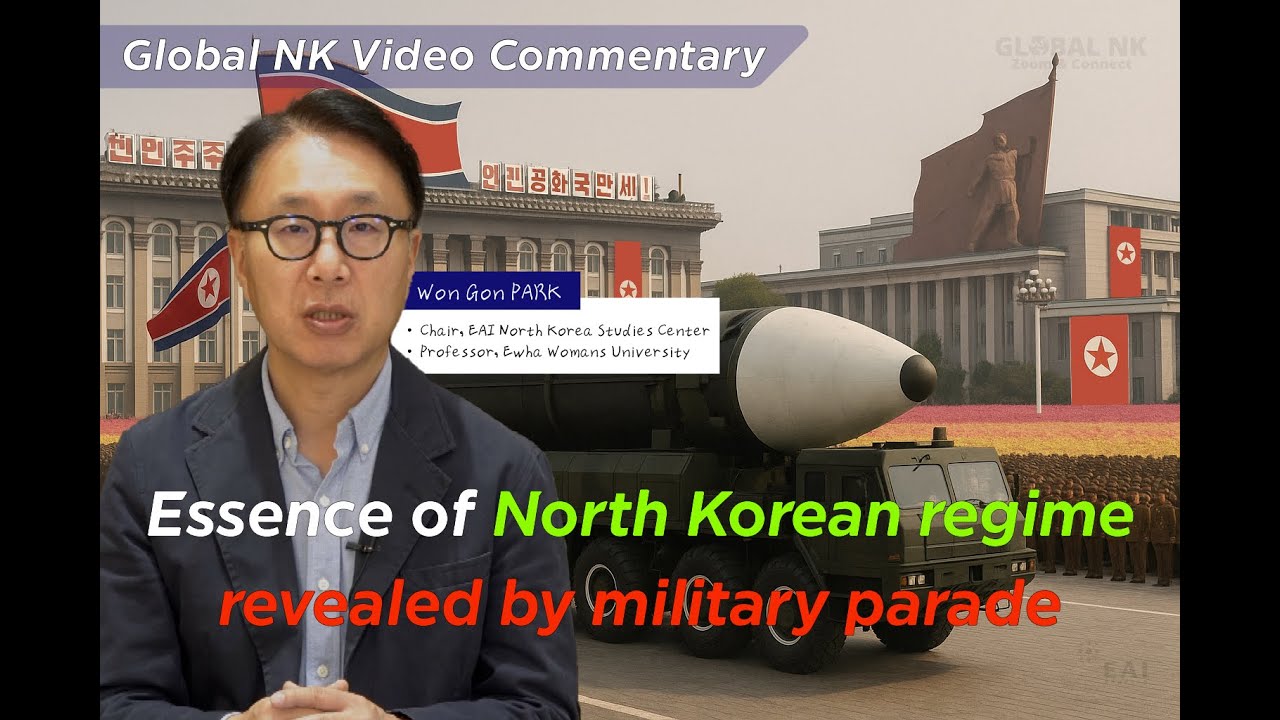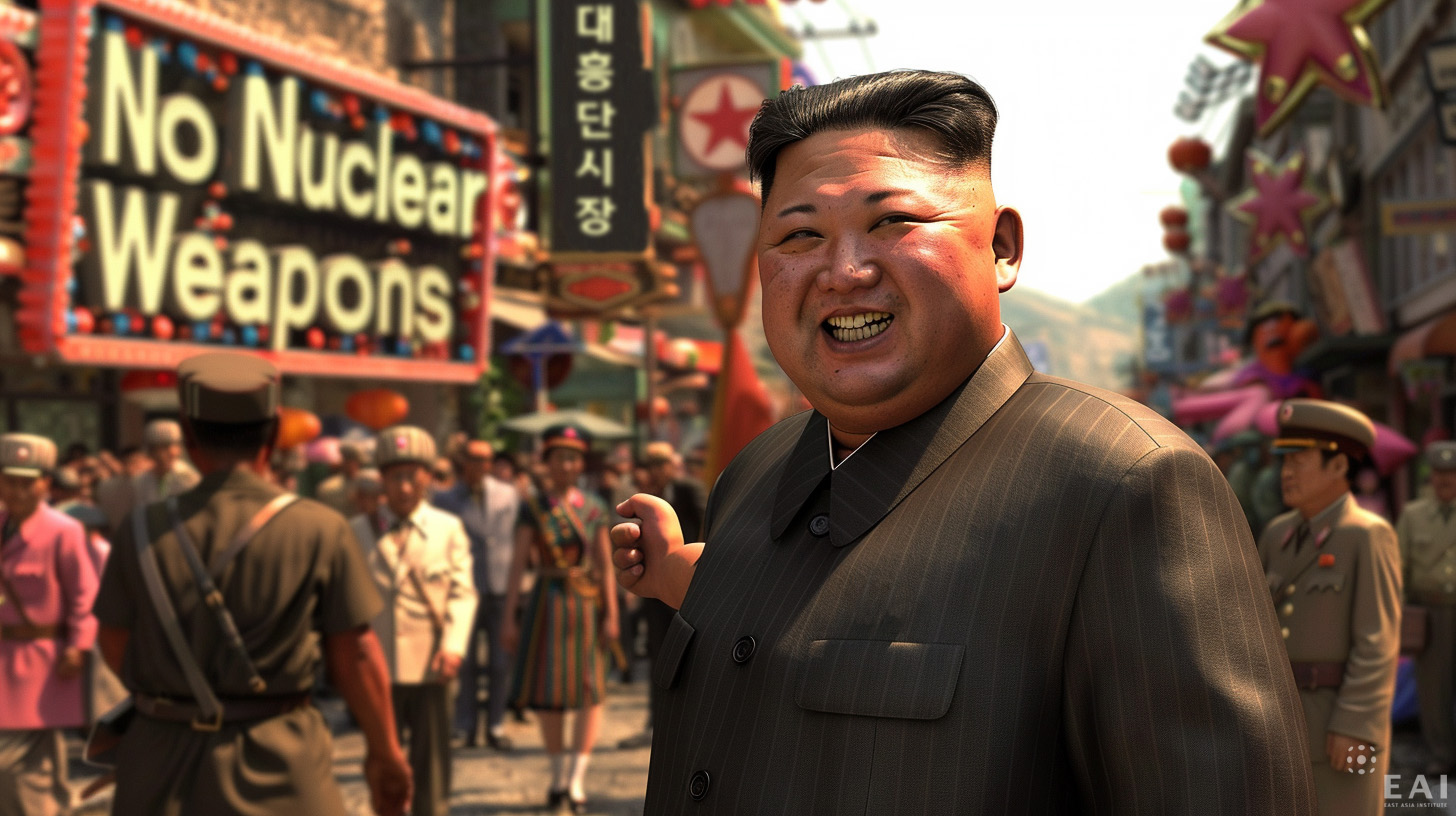Editor’s Note
Taekyoon Kim, Professor of International Development at the Graduate School of International Studies and an Associate Dean for Public Affairs & Communication at Seoul National University, highlights the importance of approaching humanitarian aid and development cooperation from a dual-dilemma perspective. He provides an overview of an existing dilemma of humanitarian assistance to North Korea, which converges on Pyongyang’s diversion of humanitarian funds to build weapons. He suggests there would be another dilemma caused by the deficiency of policy coordination within networks of humanitarian agencies. Professor Kim argues that the second dilemma can be resolved without consulting with North Korean authorities and thus should be addressed first, allowing aid organizations to form a united front to solve the traditional dilemma of money diversion.
The urgent issue of denuclearization and discussions on sanctions targeting North Korea will inevitably be constants in the ongoing pursuit of peace in the Korean Peninsula. In other words, so long as sanctions against North Korea persist, limited humanitarian assistance is the only way to provide aid to North Korea. That being said, when dialogue between the U.S. and North Korea resumes and policy similar to a peace accord is formalized, mid- to long-term North Korean development cooperation measures, in which inter-Korean cooperation kicks into high gear, can begin in earnest. Therefore, it is necessary to prepare a strategic roadmap for establishing mid- to long-term peace in the Korean Peninsula that assumes a political declaration such as a peace treaty or an end-of-war declaration has already taken place. Within the macroscopic problem space of establishing peace on the Korean Peninsula, it is important to approach humanitarianism, development cooperation, and linkage to peace-building and the conflicts that may arise between North Korea and aid organizations from a dual-dilemma perspective.
If we analyze how the international community has historically intervened to assist in reconstruction after the end of a conflict or civil war, the three phases of the peace process can be institutionalized as follows. First, a formal peace agreement terminating the civil war and serious physical conflict should be established between the disputing parties. The declaration of a peace accord can grant the political legitimacy necessary to coordinate the peace process so that aid invested for economic development and social stability thereafter conforms to the purpose and content of the peace treaty. Second, through the peace accord, "peace conditionality" can be applied to various aid organizations in order to effectively control and manage the peace process. Introducing peace conditionality on disorderly incoming development aid makes policy and project coordination between aid organizations possible. This allows for a provisional transition period in which aid input can be converted from short-term humanitarian assistance to a mid-to-long-term development cooperation scheme. Third, through this transition from receiving humanitarian aid to participating in development cooperation, the government of the recipient country can move toward self-reliance, managing its state affairs and leading its socio-economic development. Since this three-step peace process is an UN-led post-conflict management strategy that has been primarily been applied in conflict-affected or vulnerable countries, if a peace treaty is agreed upon or similar political measures are taken in the Korean Peninsula, UN peace-conditional aid to North Korea will likely be promoted extensively.
Therefore, for the two Koreas and the surrounding region, a "peace-development nexus" based on peace conditionality refers to a new point of entry in the era of ‘new normal’ embedded in peace processes on the Korean Peninsula from an era of ongoing sanctions against North Korea. In other words, it refers to a strategy for conflict preparation in which, even if the deadlock in U.S.-DPRK relations continues and the situation on the Korean Peninsula goes unchanged, meaning ongoing failure to arrive at a peace agreement, continued sanctions against North Korea, etcetera, the United Nations and other major parties to the Korean Peninsula peace process still work together to develop a blueprint for governing development cooperation, covering peace conditions and post-peace agreement steps, in advance. In particular, in order to apply the peace-development nexus framework in the North Korean context, it will be essential to research the necessary role of peace conditionality in the transition to a new normal, methods for providing short-term aid to North Korea even under sanctions, and the process of transitioning from humanitarian aid to long-term development cooperation.
To actively apply the peace conditionality and peace-development nexus frameworks to the peace process on the Korean Peninsula, analyzing the dual dilemma that emerges when providing humanitarian aid to North Korea should be a priority before attempting to transition from humanitarian aid to development cooperation under the current sanctions regime. Previous studies emphasizing the North Korean government's uncooperative attitude, its diversion of humanitarian funds, and the limitations it imposes on monitoring by donor agencies have led to the general consensus that the dilemma of providing aid to North Korea arises from the state’s opaque, uncooperative nature. If we refer to this dilemma as the "traditional North Korea aid dilemma," the traditional dilemma is rooted in problems with a North Korean government that proclaims “self-reliance” but depends on external food assistance. Many studies have concluded that the fundamental cause of the North Korean famine is maladministration by the current regime, and the traditional dilemma arises from the regime securing financial resources and humanitarian aid in the pursuit of arms expansion and “military-first” policies.
However, besides the traditional dilemma, which emerges from within North Korea, there is also a dilemma originating from outside of the country—the deficiency or total absence of policy coordination within networks of donor agencies. Having yet to receive any attention, this external dilemma is ingrained in the existing humanitarian aid system and must be addressed before the beginning of the transition from humanitarian aid to development cooperation. This can be said to be a fundamental problem in providing humanitarian assistance to North Korea since it is an issue that exists between donor organizations regardless of whether a new framework for sending aid to North Korea is implemented. While the traditional dilemma stems from the North Korean regime's uncooperative attitude towards aid organizations, the diversion of aid to fund nuclear development, and dissonance between aid agencies and the North Korean regime, the alternative view is that, along with the friction between donor organizations and the regime, the North Korean aid dilemma also stems from weak or absent coordination between aid organizations. Although to some extent, policy and business coordination mechanisms have been established within networks of donor organizations that provide the same type of aid, in actuality, they are limited by the fact that coordination mechanisms between these networks are inactive.
In conclusion, the predicament surrounding North Korean development cooperation can be summarized as a dual dilemma¬, occurring both inside and outside of North Korea. In particular, the want of coordination mechanisms among aid agencies—a new dilemma in aid provision to North Korea—is an issue that those organizations can resolve internally, without consulting with North Korean authorities. In cases where smooth coordination between aid organizations is difficult, North Korea attempts to divide the organizations by approaching each aid agency differently, which has a negative effect capable of inducing the aid North Korea wants. Among these dual dilemmas, the problem of coordination among aid organizations should be solved first, thereby allowing them to form a united front in working to resolve North Korea’s internal dilemma and, in the process of providing aid to North Korea, to actively engage a peace-conditional strategy linking peace and development.■
■ Taekyoon KIM is a professor of International Development and an associate dean for academic affairs at the Graduate School of International Studies at Seoul National University. He currently serves as an executive director of the Korea International Cooperation Agency and a member of the Sustainable Development Committee for the city of Seoul. He also served as a visiting professor at the Woodrow Wilson International Center for Scholars, USA, Lingnan University, Hong Kong and Tübingen University, Germany. His recent publications include "Tax Reform, Tax Compliance and State-Building in Tanzania and Uganda," Africa Development 43(2), 2018 (co-authored), and "Social Politics of Welfare Reform in Korea and Japan: A New Way of Mobilizing Power Resources," Voluntas 30(2), 2019 (co-authored). He received his Ph.D. in international relations from Johns Hopkins University-SAIS and D.Phil. in social policy and intervention from the University of Oxford.
■ Typeset by Junghoo Park , Research Associate
For inquiries: 02 2277 1683 (ext. 205) | jhpark@eai.or.kr




